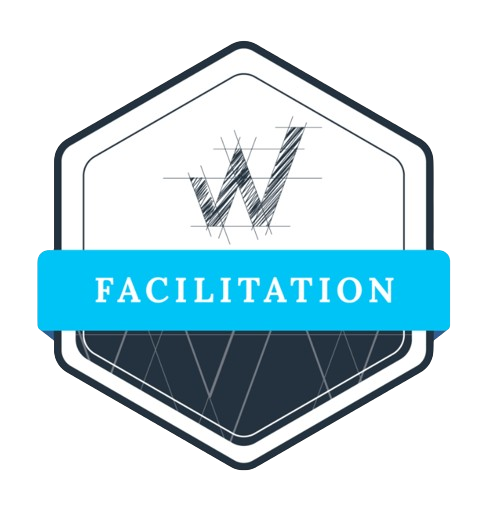Enterprise go-to-market teams are challenged now more than ever to engage executives to build pipeline and grow existing customers. At the same time, executives are more overwhelmed than ever with digital marketing and communications.
The average professional receives 120 emails per day. With the deluge of digital communications and voicemails, marketing teams are having a hard time standing out above the fray and getting executives from key accounts to engage. How can teams move beyond the usual channels of email and voicemail to reach these key decision-makers?
The two main components of reaching executives are the message you use and the channels you approach them on.
First off, delivering compelling value in your message is key to any executive outreach. At the low end, we often see messaging that requests “15 minutes of your time” to speak with an account executive. While this may be your team’s goal, it is not of compelling value to most executives.
Instead, focus on delivering value in three key areas: High-value content, notoriety, and networking opportunities.

Figure 1: types of value exchange offers that resonate with executives
Some examples of offerings in these areas that have worked for customers include:
High-Value Content: Providing executives with relevant insights they did not already know is a great way to build trust and credibility. One customer of ours, Hired, would send out a regional report on the state of recruiting trends in each city to executives in that region. This was high-value information for recruiting leaders and department leads.
Notoriety: Flattery is a great way to engage executives. One SaaS legal research provider, Casetext, started a podcast on legal research topics and invited senior partners at key law firms to be guests on the podcast. This turned out to be a great way to engage senior leaders.
Networking: Access to talent that executives would find relevant and exclusive is also key. One customer in the security space set up executive roundtables with a notable healthcare CTO, and then invited area CTOs of key hospitals to join in an exclusive discussion.
Not all value exchanges are created equal, and the higher the value, the more likely you are to convert. However, you will need to weigh quality versus quantity to scale your programs. Depending on whether you are implementing 1-1 account plays, 1-few, or 1-many, this framework will help you think about and hone in on the optimal value exchange offer.

Figure 2 The higher the value exchange, the more likely you are to convert.
Once you know what value you want to offer, the next step is finding the channels that work for your audience. Personal preference and the type of executives you’re targeting play a part here, but there are key channels that perform better across the board with executives and different stages of the funnel.

Figure 3 Key executive channels across the buyer’s journey.
The key here is testing and monitoring signals to understand what is working, and then continuing to evolve your programs with the optimal channel mix. For example, for some clients in the security and technical space, we have found little value in running targeted, account based advertising: many CTOs and CSOs block ads, or the ads fail to resonate with them. On the other hand, a marketing executive may be thrilled to see a relevant and targeted message.
Pulling it all together with well-crafted messaging, touchpoints, and orchestration is the key to a winning account play.

